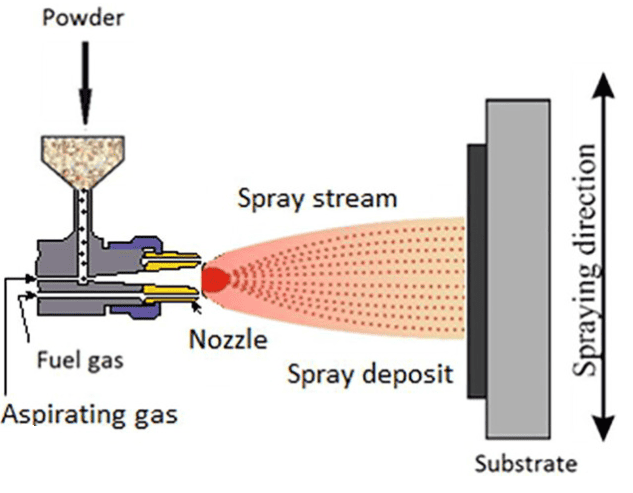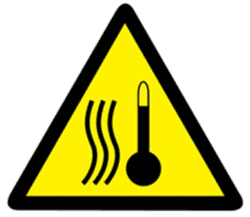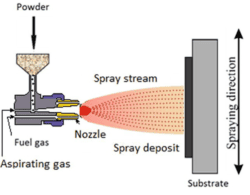Plasma spray and flame spray are two of the processes commonly used for thermal spray coating.
What is plasma spray?
Plasma spray is a technique that utilises high temperatures and an inert gas (usually argon). The gas is heated so that it ionises and also becomes electrically conductive. At this point, the gas is described as being ‘plasma’.
In the coating process, the plasma is generated using a plasma gun which creates an electrical arc between the nozzle and the electrode within it. A jet of plasma then emerges from the nozzle and particles of the designated coating powder are injected into that jet. These particles soften due to the heat and are sprayed at high velocity onto the surface of the item that needs coating.
A plasma-sprayed coating can offer enhanced corrosion protection and greater wear resistance, and can even boost electrical conductivity.
Plasma coating solutions
If you would like to know more about plasma coating solutions, there are a number of specialist firms with significant online resources for you to peruse, such as the examples seen here: poeton.co.uk/standard-treatments/plasma-coatings/.
What is flame spray?
Flame spray also uses heat to melt the coating material. The chosen powder is applied using a thermal spraying gun and fused using a special torch. The powder is then fed into a gun (oxy-acetylene or oxy-hydrogen) and projected towards the surface of the substrate at high velocity. The molten particles flatten as they hit the surface, forming a mechanical bond.
Flame spraying is both reasonably easy to learn and also to implement as the capital costs for equipment are relatively low.
What are the key differences between plasma spray and flame spray?
The main differences are that flame spray uses heat that is generated via the combustion of gases, whilst plasma spray uses a DC-electric arc to generate the heat.
There are also differences in the coating. Flame-sprayed coatings can sometimes have low bond strength, high porosity, and high oxide content. Plasma-sprayed coatings, meanwhile, have high bond strength and are generally denser and thicker.



